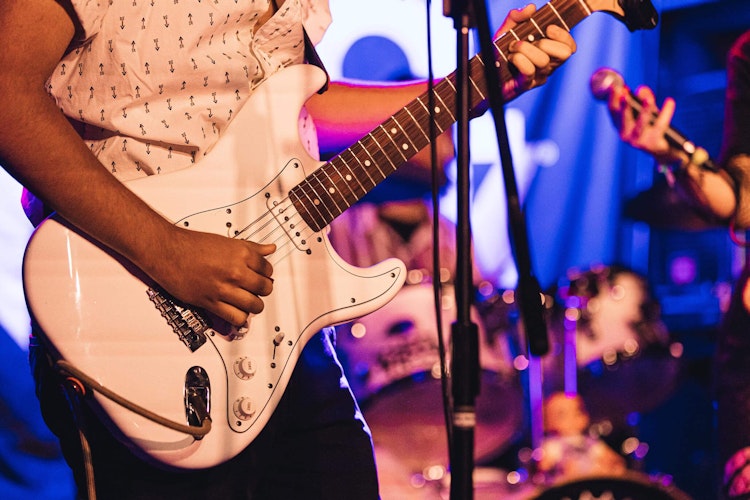The guitar is one the most popular and recognizable instruments of all time! You can hear its distinct and familiar sound in all kinds of music including Rock, Country, Blues, Funk, R&B, Metal, Punk, Pop, Flamenco, Jazz, Classical, Mariachi, Reggae, and so on. It’s no surprise many people gravitate towards this tool of infinite expression. If you are ready to embark on this musical journey, just one thing stands in your way. How do I know which guitar is right for me?
There is a myriad of options, brands, and prices anyone starting can easily become overwhelmed by. Don’t be intimidated! All these options can be simplified into three main categories: the solid body guitar, the acoustic guitar, and the electro-acoustic guitar. No matter your price range, you’ll find yourself looking down this 3-way road.

Body Shapes
The guitar has been around since the 16th century. It’s been re-created countless times and is still undergoing the process of reinvention with today's modern electric guitars. Some of the most recognizable shapes are the Fender Stratocaster, the Gibson Les Paul, and the C.F. Martin Dreadnought. Choosing the best beginner guitar for you comes down to comfortability and tone. Guitar bodies are sometimes too heavy or have an uncomfortable cutaway/shape. A good example would be the Gibson Flying V model. While it is one of the coolest-looking guitar models out there it's extremely uncomfortable to play. Don’t be tempted by the sweet looks of an axe your first time buying a guitar. It all comes down to practicality. The shape of an acoustic body will also affect the tone. Smaller guitar bodies will ultimately produce higher thinner frequencies while larger bodies will have a more resonant and deep-sounding low-frequency range. At that point it's what your ear gravitates towards most and everyone will have different preferences. Record yourself playing the guitar and follow your ear!
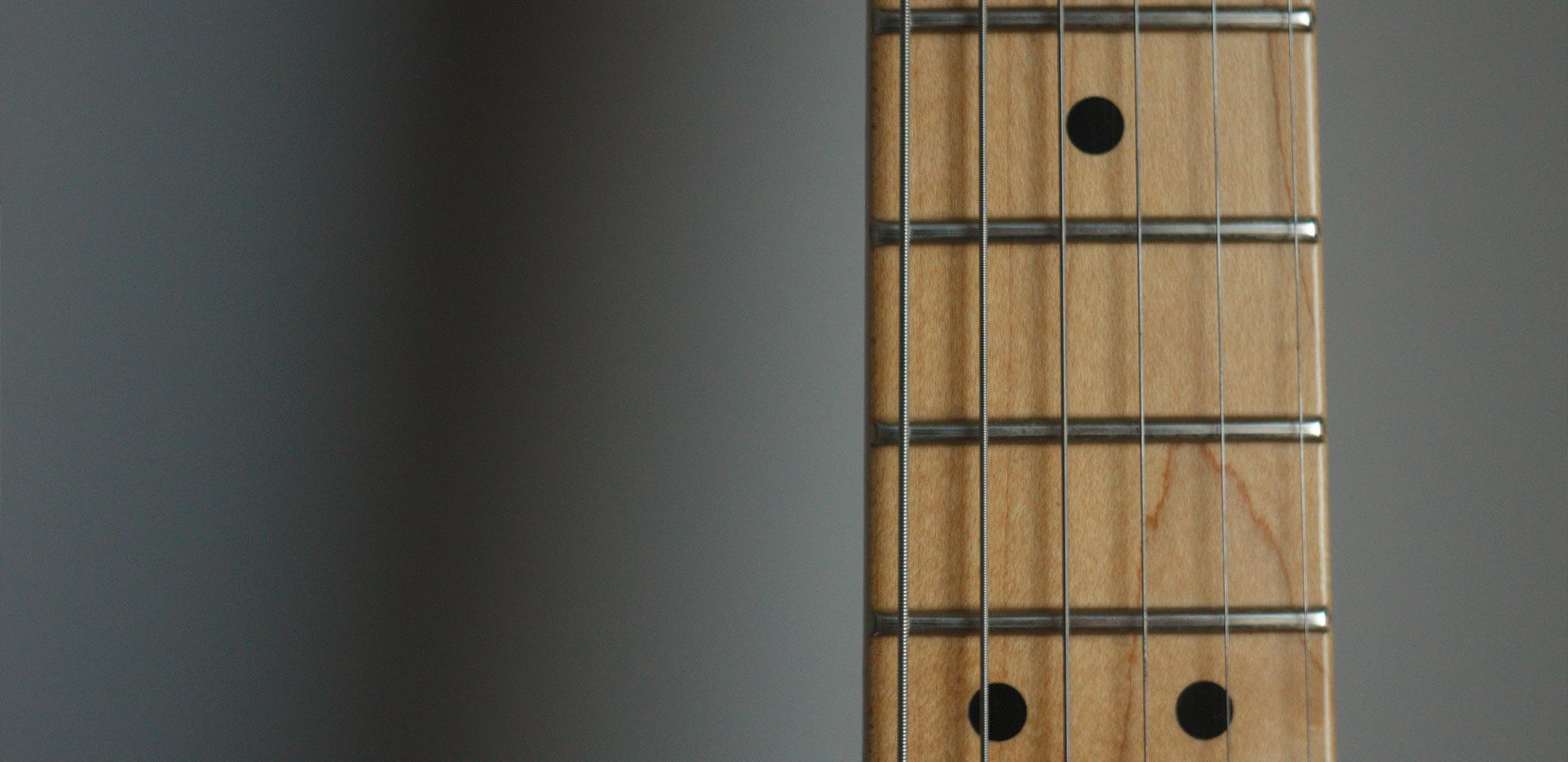
String Gauge/Action
An incredibly helpful tip for beginner guitar players is to have a low-string gauge. String Gauge is how thick or thin the strings are. Low-string gauges require less pressure to fret notes and make certain techniques like vibrato and bending much easier. 0.008 (1/1000 of an inch) is the lightest possible string gauge. Some players might find these flimsy if they are older or have bigger hands. In that case, you might consider 9s or 10s. The lightest gauge on acoustic guitars would be 11s and 12s but going any lighter could compromise the tone making it sound buzzy. Similarly, action can directly affect comfortability and tone. Action is how high the strings are above the fretboard. A guitar can be set up to have high or low action. Low action will be easier to play and result in a less difficult time learning an instrument. Some of the best beginner guitars will have noticeably high action when you try them out. Remember this isn’t permanent, action can be adjusted to your liking no matter what guitar you choose.
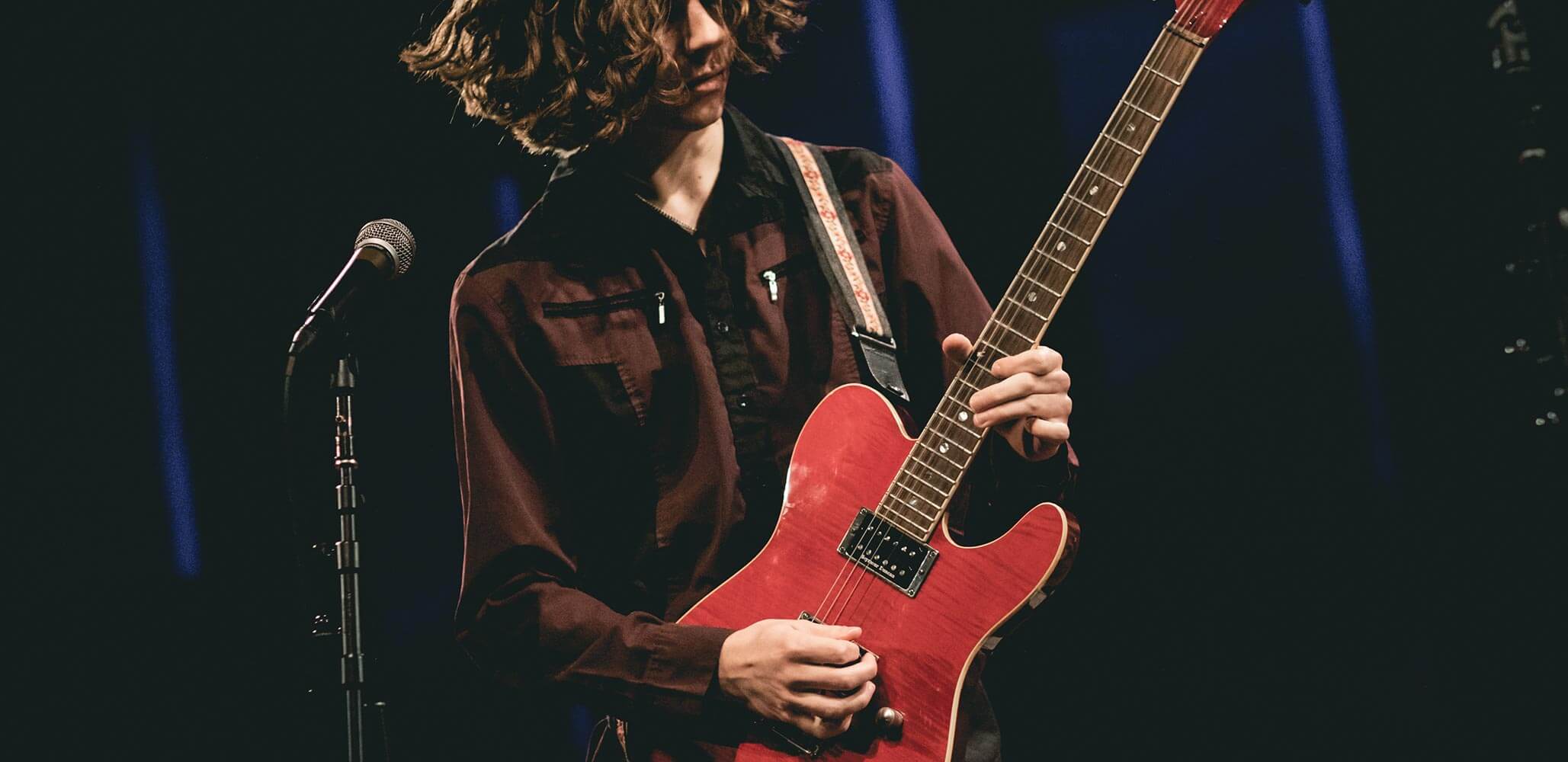
The Electric Guitar
The electric guitar is the first choice for most School of Rock students learning the guitar and there are many reasons for that. The electric guitar can produce a wide variety of sounds and has the most versatility. You’ll hear it over the most popular genres of music. If you're going for these kinds of styles it's a great choice, however, it does come with some drawbacks. In addition to buying this guitar, you will need to buy an amplifier. It is possible to practice at home without one but it won’t be the same. The amp is the electric guitar's best friend. It can be set to a wide variety of tones for rock, jazz, metal, country, blues, and practically anything you desire. So if you buy an electric guitar, buying an amp will most likely follow. It’s going to make portability a little more difficult as well. Price ranges of the electric guitar are going to be $180 up to several thousands of dollars. You might be able to find a cheaper model but keep in mind you get what you pay for. It is recommended to start with an electric guitar costing at least $180 to ensure you receive the best beginner guitar for you.
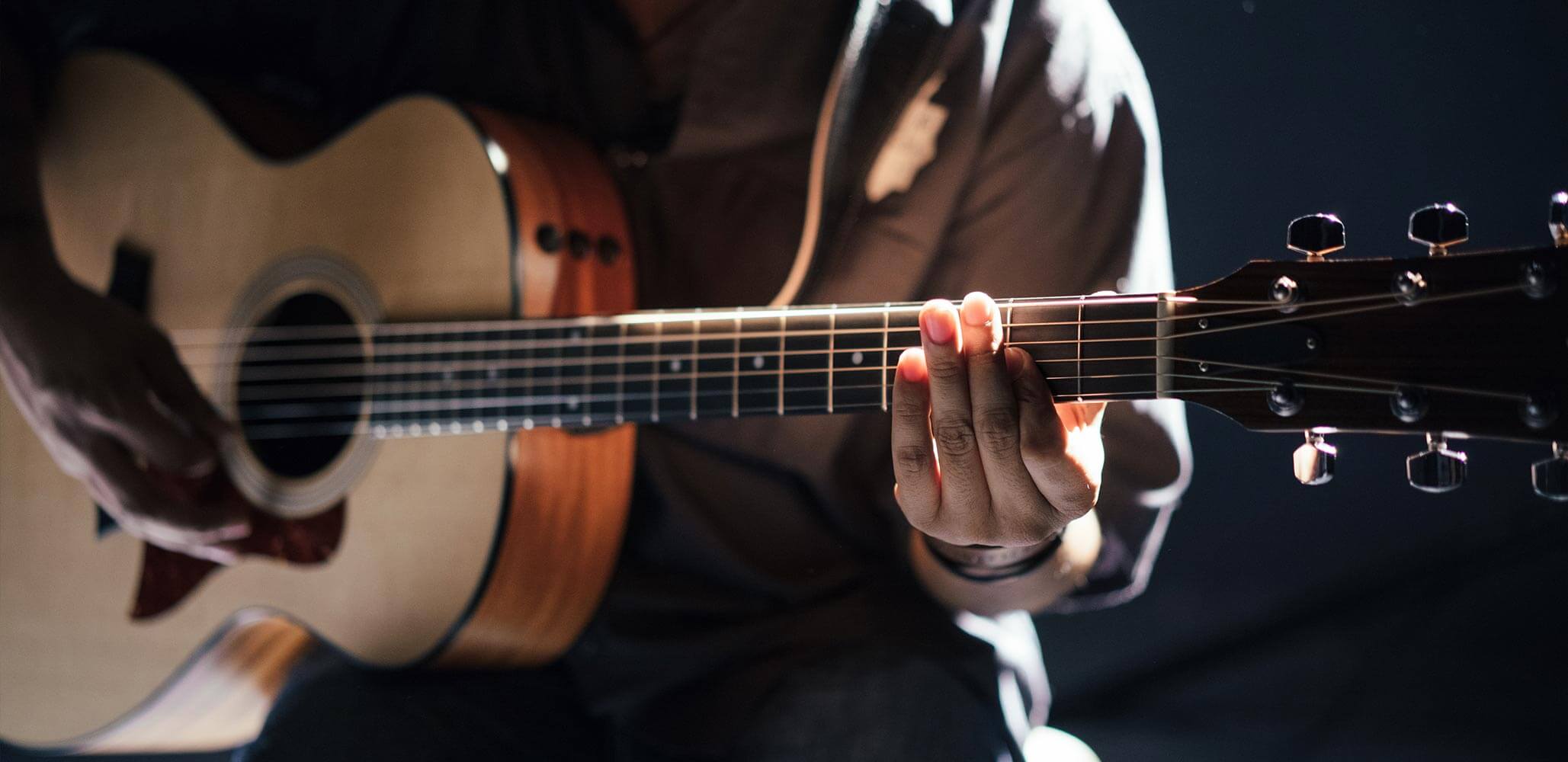
Acoustic Guitar
The acoustic guitar has the convenience of being more readily available than an electric guitar but does not have some of the same capabilities. It’s right there when you need it but you won’t be playing heavily distorted rock guitar solos anytime soon. The acoustic has no electrical components, meaning it is unable to achieve certain tones. The good news is you wouldn't need to worry about an amp if you decided to go this route. You can play outdoors, by the beach, by a campfire, or anywhere your heart desires. There is also a specific tone that comes with an acoustic that can be heard in some Rock, Country, Blues, etc. The main drawback of acoustic guitars is that they are more difficult to play. You will have a harder time fretting the instrument. There is an alternate option. You could buy a nylon stringed guitar which has softer strings making it easier to fret. You will compromise some of your volume but this won’t be a big deal if you're trying to achieve a similar tone to Flamenco music, Bossa nova, and Samba. With either of these options, your tone is definitely more specific and less versatile. For a beginner acoustic, you’ll most likely find them priced at $200-$450.
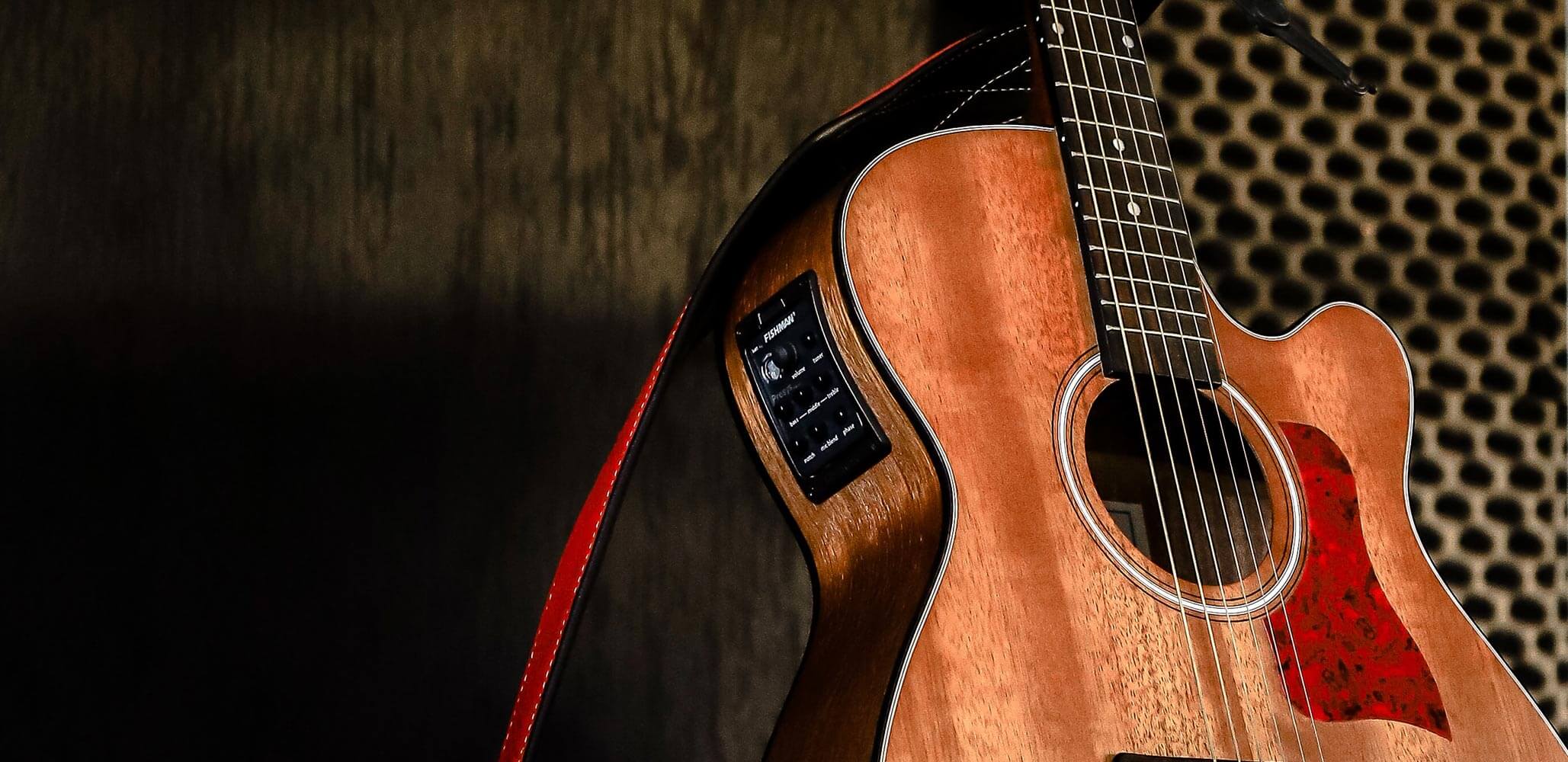
The Electro Acoustic
This is essentially an acoustic guitar that can be plugged into an amp. You now have the option of casually picking it up or plugging it in and playing with some reverb or delay as well as increased volume. With many combined benefits of the electric and acoustic guitar, it still has some limitations. While it has a wider soundscape than the acoustic, it can’t imitate an electric rock guitar. Try as you might it doesn’t even come close. Keep in mind it will still be harder to play. They can cost anywhere from $200-$500.
Whatever path you choose, make great music and supply the world with joy!
GearSelect is an exclusive program where students can buy new musical instruments and music gear. Whether you’ve just scheduled your first lesson or are an advanced-level player, shop School of Rock GearSelect to find the gear you need to become the next world-famous musician.
Learn more



